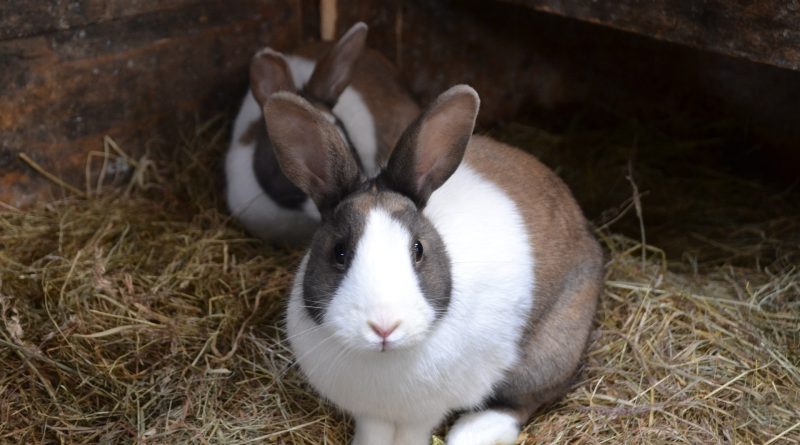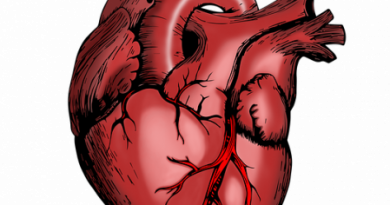To End Toxicity Testing On Animals in Canada, Federal Funds Are Needed
Image by Petra Roth from Pixabay
We are pleased to share this opinion piece by Jessica Scott Reid that appeared in the Globe and Mail. It highlights the need for funding for alternatives if Canada is to end toxicity testing. Canada’s University of Windsor has two cutting edge programs that work on alternatives: the Canadian Centre for Alternatives to Animal Methods and the Canadian Centre for the Validation of Alternatives to Animals methods. Both run with donated funds and modest grants. It’s time for government to step up and fund as well if new legislation geared toward ending toxicity testing is to be implemented. Other countries are already funding such work – it’s time our government does too.
by Jessica Scott-Reid, Globe & Mail on January 30th 2024.
In 2016, when Canadian scientist Dr. Charu Chandrasekera was attending international meetings on developing alternatives to animal testing, she was often met with shock when she revealed that Canada lacked its own centre for alternative methods. There are several of these centres around the world, working to replace the use of animal models in science with more innovative, effective and ethical methods. The European Centre for the Validation of Alternative Methods (ECVAM) was established 32 years ago, and the U.S. equivalent, NICEATM, opened in 2000. Each receives millions of dollars of government funding annually. Canada has yet to do the same.
A subsequent question Dr. Chandrasekera was often asked at these meetings, she recalls, was “Why don’t Canadians care?” But Canadians do care, including Dr. Chandrasekera, who in 2017 went on to establish the Canadian Centre for Alternatives to Animal Methods (CCAAM), and its subsidiary, the Canadian Centre for the Validation of Alternatives to Animal Methods (CaCVAM), both based in Windsor, Ont. Since then, she and her team have been busy developing animal-free methods, such as 3D-bioprinted human-tissue models, to train next-generation scientists to “think outside the cage,” as she puts it, and working with Canadian and global partners to promote the regulatory acceptance of animal-free methods.
More than 3.5 million animals were used in taxpayer funded testing, research and education in Canada in 2022. This does not include an unknown number used in private facilities. And yet, animal-based testing is largely ineffective. More than 90 per cent of all drugs tested and found to be safe and effective in animal models fail in human clinical trials. And the use of animals in toxicity testing to evaluate substances for harmful effects on people and environments is also considered a relatively poor predictor of effects in humans.
Advocacy organization Animal Justice explains that toxicity tests involve animals “forced to eat or breathe in toxic chemicals, and endure skin or eye irritation tests that cause painful sores and rashes without pain relief.” The group calls toxicity tests “the most harmful use of animals in Canadian science.”
The reliance on animals in both drug and toxicity testing is cruel, ineffective and archaic – an old model in desperate need of modernization. Thankfully, Canada is finally taking notice.
At the last federal election, the Liberal Party promised to phase out toxicity testing on animals by 2035. Then in June, the government passed Bill S-5, the Strengthening Environmental Protection for a Healthier Canada Act. It includes amendments to commit to “advancing efforts to replace, reduce, or refine the use of vertebrate animals in toxicity testing where possible.” Dr. Chandrasekera contributed to the bill.
“We are now on a level playing field with many comparable nations,” she says. “Canada has a national centre for alternatives, landmark legislative mandates and a national strategic framework to phase out chemical toxicity testing in animals.” She also emphasizes that there is much enthusiasm and interest from a variety of key stakeholders such as government, industry, academia and NGOs to do this transformative work. Canada does indeed care.
There is just one crucial piece missing. “We as a nation have not dedicated any money to do the work,” she says. While other governments invest millions annually into developing alternative methods, there is no such funding earmarked in Canada. Though our country now has the capacity and road map to become an international leader in this space, the science still needs federal funds. And those funds, Dr. Chandrasekera explains, must be allocated to Health Canada and Environment and Climate Change Canada “to carry out the vision outlined in the legislation, and to specifically fund the national hub, the international interface for alternatives in Canada, which is CCAAM.”
“The Government of Canada will need what the CCAAM/CaCVAM can provide if it’s going to live up to its commitments on reducing, refining and replacing animal testing in Canada,” adds Beta Montemayor, vice president of Cosmetics Alliance Canada. “Government should be supporting this centre to ensure that Canada continues to lead and deliver on its mandate to advance animal-free science.”
As of today, CCAAM runs almost exclusively on donated funds and modest grants. These resources are not enough to sustain the centre’s important work, nor to meet national goals. At a meeting organized by Cosmetics Alliance Canada this past spring, Dr. Erin Hill – president and CEO of the International Collaboration on Cosmetics Safety – told Canadian government officials, “For a country like Canada, what’s worse than not having a centre for alternatives is to have one and lose it.”
For now, Dr. Chandrasekera remains excited that Canada finally has legislation in place to phase out toxicity testing on animals. But she adds, “But what now? We have a plan – a paradigm-shifting plan – but only government funding can make it happen.”
From The Globe and Mail, https://www.theglobeandmail.com/opinion/article-to-end-toxicity-testing-on-animals-federal-funds-are-needed/




